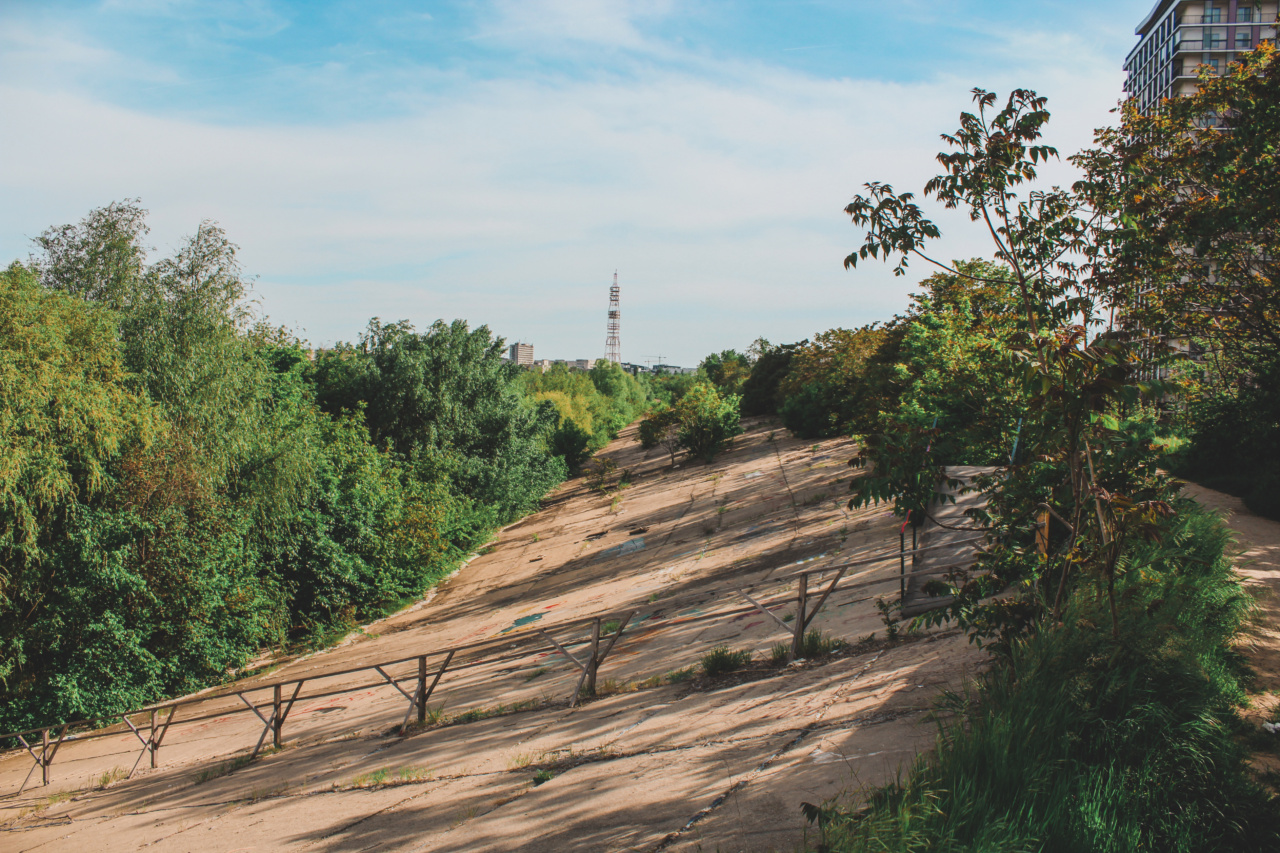Invisible and often underestimated, atmospheric pollution has become a deadly global epidemic, claiming the lives of millions every year. It silently lurks in the air we breathe, wreaking havoc on our health and environment.
In this article, we will explore the alarming impact of atmospheric pollution, its various sources, and the urgent need for global action to tackle this silent killer.
The Scope of the Problem
Recent studies have revealed that atmospheric pollution is responsible for a staggering 8.8 million premature deaths annually, making it one of the leading causes of death worldwide.
It affects people of all ages, from children to the elderly, and its consequences extend far beyond human health.
The Health Impacts
The toll that atmospheric pollution takes on human health cannot be understated.
Fine particulate matter (PM2.5), produced predominantly by the burning of fossil fuels, industrial processes, and vehicular emissions, is a major contributor to respiratory and cardiovascular diseases. Inhaling these microscopic particles can cause lung cancer, asthma, heart attacks, strokes, and other life-threatening conditions.
Air pollution also impacts the respiratory system, leading to chronic obstructive pulmonary disease (COPD) and reduced lung function. Additionally, it has been linked to neurological disorders, such as Alzheimer’s disease and cognitive decline.
Pregnant women exposed to polluted air face a greater risk of premature birth, low birth weight, and developmental issues in their children.
Sources of Atmospheric Pollution
While atmospheric pollution has numerous sources, the burning of fossil fuels remains the primary culprit.
Power plants, industrial facilities, and vehicles running on gasoline or diesel emit pollutants such as carbon dioxide (CO2), nitrogen oxides (NOx), sulfur oxides (SOx), and volatile organic compounds (VOCs). These pollutants react with sunlight and other atmospheric components to form secondary pollutants like ozone and fine particulate matter.
Industrial processes, including manufacturing and mining, also release a significant amount of pollutants into the air.
The Global Impact
Atmospheric pollution doesn’t adhere to national borders. It travels across continents, affecting both densely populated urban areas and remote regions.
Megacities in developing countries, where rapid industrialization and urbanization are occurring, suffer the most severe pollution levels. However, even the most pristine locations are not immune to its effects. Pollutants can travel thousands of kilometers, leading to the phenomenon known as “imported pollution,” impacting far-flung areas removed from the original sources.
Furthermore, atmospheric pollution significantly contributes to climate change. Greenhouse gases, such as CO2 emitted from the burning of fossil fuels, trap heat in the atmosphere, causing global warming.
This, in turn, leads to more extreme weather events, rising sea levels, and changes in ecosystems, posing additional risks to human health and well-being.
Taking Action to Combat Pollution
Recognizing the severe consequences of atmospheric pollution, governments, organizations, and individuals must unite to combat this silent killer. Here are a few strategies that can be implemented:.
1. Transitioning to Clean Energy Sources
Shifting away from fossil fuels towards renewable energy sources, such as wind, solar, and hydropower, is crucial.
Governments should provide incentives for renewable energy adoption and invest in the necessary infrastructure to support this transition.
2. Green Transportation Initiatives
Promoting electric vehicles and improving public transportation systems can help reduce emissions from the transportation sector, which is a major contributor to atmospheric pollution.
This requires investment in charging infrastructure, incentives for electric vehicle adoption, and the expansion of sustainable public transportation options.
3. Strengthening Industrial Regulations
Tightening regulations on industrial emissions, encouraging the implementation of cleaner technologies, and promoting sustainable production practices are essential.
Industries must take responsibility for reducing their environmental footprint and shifting towards greener alternatives.
4. Raising Awareness and Educating the Public
Education plays a crucial role in raising awareness about the dangers of atmospheric pollution. Governments, schools, and organizations should educate the public on the health risks, individual contributions, and the need for collective action.
Promoting sustainable lifestyles and encouraging behavior changes can also make a significant difference.
5. International Cooperation
Given the transboundary nature of atmospheric pollution, international cooperation is paramount. Nations must work together to establish emission reduction targets and develop strategies to combat pollution collectively.
Sharing knowledge, technologies, and best practices can accelerate progress towards cleaner air for all.
The Way Forward
Atmospheric pollution remains a monumental challenge that requires immediate and sustained action.
Governments, industries, communities, and individuals must work together to reduce emissions, invest in clean technologies, and prioritize the well-being of the planet and its inhabitants.
By addressing the sources of pollution, transitioning to cleaner energy systems, and adopting sustainable practices, we can mitigate the devastating effects of atmospheric pollution.
We owe it to future generations to act decisively and swiftly, ensuring a healthier and more sustainable future for all.


























